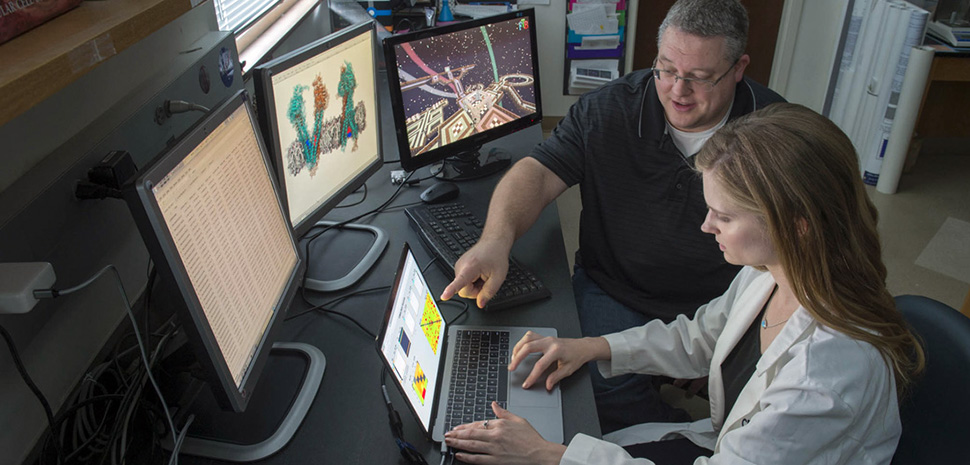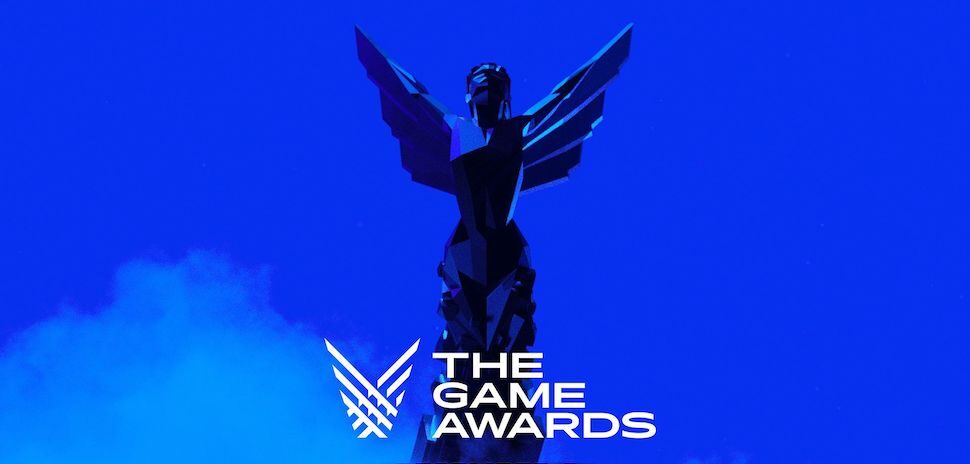Minecraft may be one of the most wildly popular video games since it was released in 2011. But now, it’s turned educational, becoming a way to teach computer science and computational thinking.
SMU’s Lyle School of Engineering, Guildhall, and Simmons School of Education & Human Development has received a $1,521,615 grant from the National Science Foundation (NSF) to conduct research around the game.
The three grant recipients spearheading the research are: Corey Clark, deputy director of research at SMU Guildhall and an assistant professor of Computer Science at Lyle, Leanne Ketterlin Geller, a professor and Texas Instrument Endowed Chair in Education at Simmons, and Eric Larson, an associate professor in Computer Science at Lyle.
The intent is to use the commercial game design of Minecraft to advance game-based learning. Eventually, this could become a resource for middle and high school teachers. The program begins now and is funded through 2022.
“We’re presented with the challenge of finding creative ways to positively impact student outcomes in STEM and the value it can provide in the learning experience,” Ketterlin Geller said in a statement. “We struggle with K-12 student engagement in math and science so this project is an optimal way to help us generate new interest while meeting our education goals and seeing students succeed and excel in these fields.”
The funded research will include game design, human computer interaction, machine learning, curriculum design, and education assessment. The results will be conducted by integrating STEM+C (computing) curriculum directly into Minecraft.
It’s also looking to tap into Minecraft game mechanics already proven to appeal to a wide range of gamers across age, gender, rage, and socio-economic demographics.
The researchers hope to integrate this gameplay into educational curriculum, including: Common Core Standards in Mathematics (CCSS-M), Next Generation Science Standards (NGSS-2013), Computer Science Teachers Association (CSTA-2017), and California Computer Science Content Standards (CACS-CS 2019).
Criteria tracked by the research includes engagement in collaborative open-ended solution making, achievement in related computing and mathematics concepts, and changes in students’ interest, attitudes, beliefs, and self-efficacy in STEM+C.
At the heart of STEM+C is cultivating the skills for the next generation of data scientists, information scientists, and engineers, Clark said.
“Video games provide a technique to engage the next generation of students in a fun and intuitive manner,” Clark said in a statement. “Games are developed around fundamental activities, or gameplay atoms, which reflect the experiential learning process through a trial and error in-game conveyance/feedback loop.”
This isn’t the first time Clark, or SMU, have used Minecraft for research.
In 2017, we told you about Clark and a team using a worldwide network of Minecraft gamers in a crowdsourcing effort to beat cancer. The research was partly funded by the National Institutes of Health.
The researchers believed that the network of gamers would be able to crunch massive amounts of data during routine game play by pooling two weapons—human intuition and the massive computing power of the networked gaming machine processors.
For the project, gamers accessed data using their purchased version of Minecraft, and then installed a “mod” or “plugin” that incorporated SMU’s research problem within Minecraft’s terms of service.
“If we take a small percentage of the computing power from 25,000 gamers playing our mod we can match ManeFrame’s 120 teraflops of processing power,” Clark said at the time. “Integrating with the ‘Minecraft’ community should allow us to double the computing power of [SMU’s] supercomputer.”
Clark, Ph.D., is also the CTO of BALANCED Media | Technology. Clark brings “purpose to play”: BALANCED combines human intelligence and machine learning that allows people and computers to work together to solve problems.
Earlier this year, Clark was on the team that won a total of $2.5 million in a competition hosted by the Barbara Bush Foundation Adult Literacy XPRIZE. The team’s treasure-hunting smartphone app, Codex: The Lost Words of Atlantis, tied for the grand prize and won $1.5 million of the $3 million grand prize. It also won a $1 million achievement award for the most-effective app to help English students learn to read.
![]()
Get on the list.
Dallas Innovates, every day.
Sign up to keep your eye on what’s new and next in Dallas-Fort Worth, every day.


































































